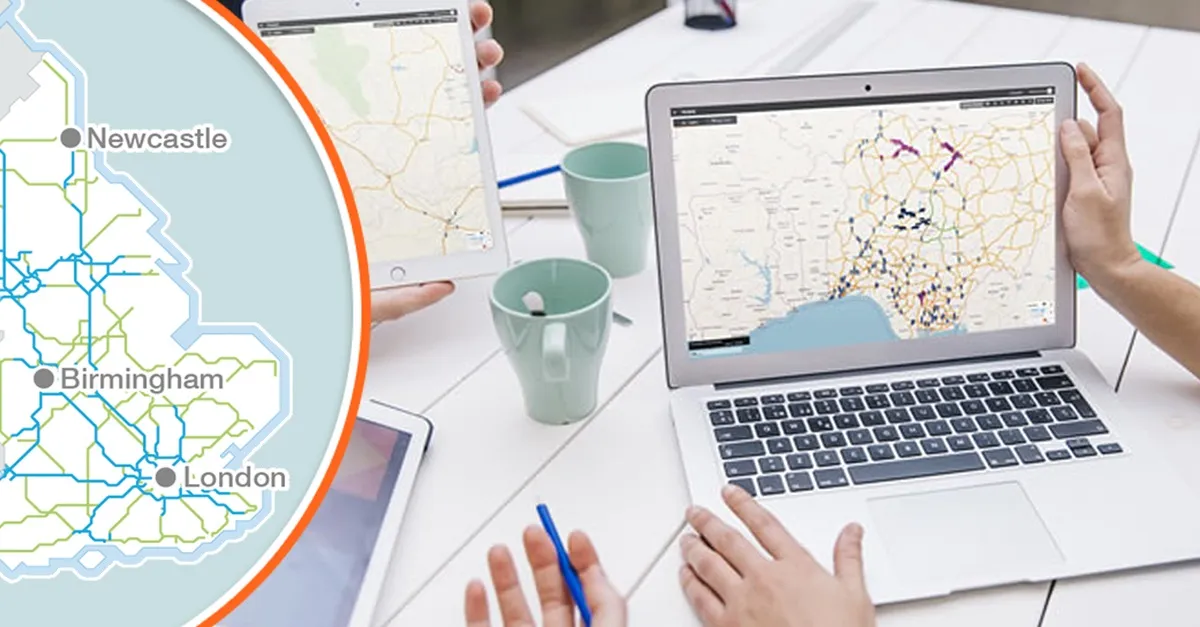TRL Software has unveiled the latest version of Arcady, the company’s software for the assessment of roundabout capacity, delay and accident risk that is specified exclusively for use in the UK on all traffic impact assessments concerning the design or redesign of roundabouts.
April 10, 2012
Read time: 2 mins
The latest version of Arcady 8 combines both Arcady and Picady functionality together in one interface. For the first time, this means Picady users can now model alternative layouts to an intersection with multiple time periods simultaneously, something which up until now only Arcady users have been able to do. Arcady 8 also delivers individual entry lane simulation on roundabouts, a roundabout bypass lane facility and basic and advanced modes, with setup wizards to help users get up to speed as quickly as is possible.
The Entry Lane Analysis model is an additional tool for engineers to analyse the queues that are likely to happen in each individual entry lane, while the additional Autotrack Junctions link that was a paid for extra with Arcady 7 is now included as standard in the product. For TRL’s customers in the US and Canada, included is the American HCM 2010 Roundabout Capacity Equation for roundabout analysis, the first time that a non-TRL model has been included in its software, making Arcady 8 an even more attractive option for overseas engineers to cover all bases. For those who are just starting out in the traffic engineering world, a student version of Arcady 8 will be made available.










